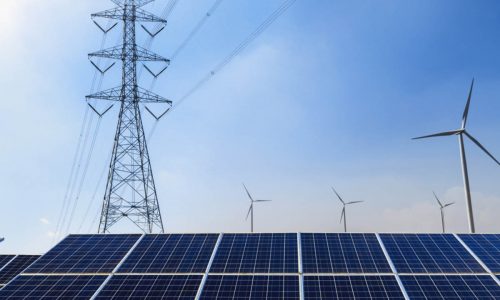State electricity company PT. PLN, through its sub-holding PLN Indonesia Power, and China Energy Engineering Group Co., Ltd (CEEC) have signed a Joint Development Study Agreement (JDSA) for exploration of green energy development in Sulawesi.
PLN President Director, Darmawan Prasodjo, highlighted the company’s role in Indonesia’s energy transition agenda, emphasizing synergies with national and global partners to accelerate the utilization of renewable energy sources (EBT) on a massive scale. This aligns with the government’s agenda to achieve Net Zero Emissions (NZE) by 2060 or earlier.
“The signing of this cooperation is a significant moment, especially as the government, along with PLN, will soon release the new National Electricity Business Plan (RUKN). It will regulate the development of large-scale EBT power plants and green transmission lines connecting the islands across the archipelago,” Darmawan said in a media statement on Monday, March 25, 2024.
He said further that the latest RUKN design specifies that Indonesia’s EBT ecosystem will be supported by 32 gigawatts (GW) of hydro and geothermal-based power plants and 28 GW of solar and wind-based power plants. The development of green transmission lines will play a crucial role in distributing green electricity between islands.
“There is a mismatch between the locations of hydro and geothermal sources and the load centers. Therefore, we need to connect Sumatra to Java, Kalimantan to Java, East Nusa Tenggara to Java, Kalimantan to Sulawesi, which will involve major projects for the design and development of green transmission lines,” Darmawan cited.
The Board Chairman of CEEC Group, Song Hailiang, expressed readiness to support the Indonesian Government in achieving NZE by 2060 or earlier. CEEC is optimistic due to its long history of collaboration in EBT development with PLN.
“Indonesia is an important partner for China in jointly building and contributing to the NZE 2060 target in Indonesia,” Song concluded.
According to the 2022 Indonesian Energy Outlook released by the National Energy Council (DEN), Indonesia has a renewable energy potential of 3,643 gigawatts (GW). One region with abundant renewable energy potential is South Sulawesi Province, which includes hydro, solar, geothermal, and other sources.
As reported by the Ministry of Energy and Mineral Resources’ Renewable Energy Information and Investment Service (Lintas EBTKE), the renewable energy potential in South Sulawesi province reaches approximately 19.3 GW. Here are the renewable energy potentials in South Sulawesi based on energy sources:
– Hydropower: 6.340 GW (including Southeast Sulawesi)
– Mini and micro hydro: 752 megawatts (MW)
– Solar energy: 7.58 GW
– Wind energy: 4.193 GW
– Geothermal: 516 MW
Furthermore, renewable energy sources with potential in Indonesia include geothermal, solar, wind, hydro, bioenergy, and ocean energy.









